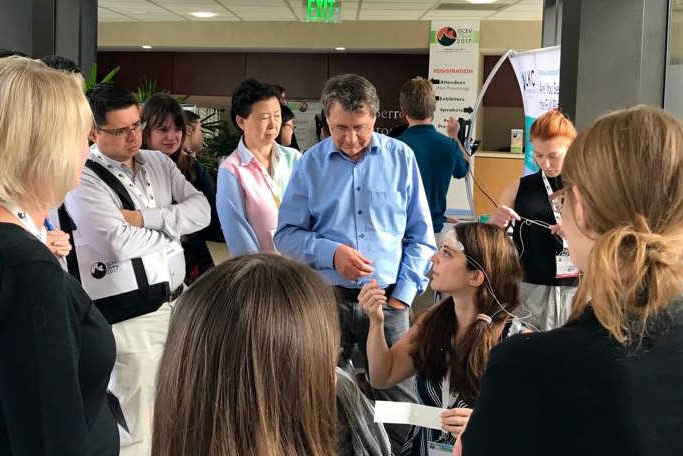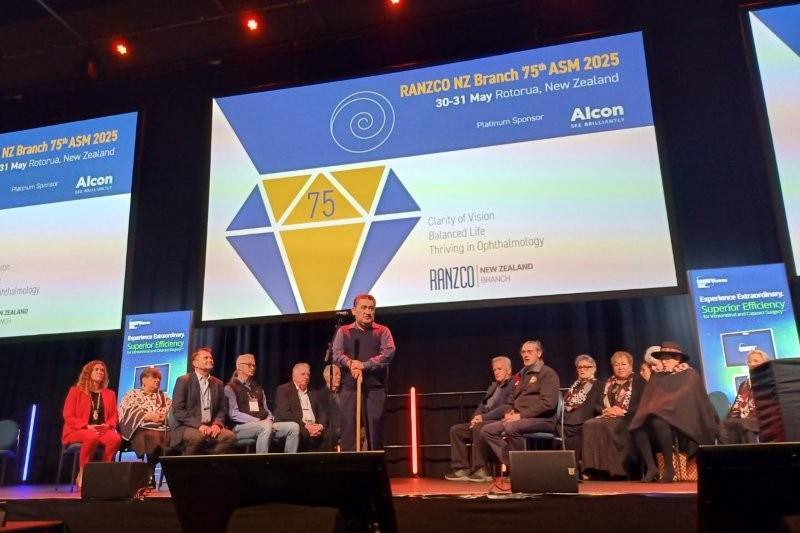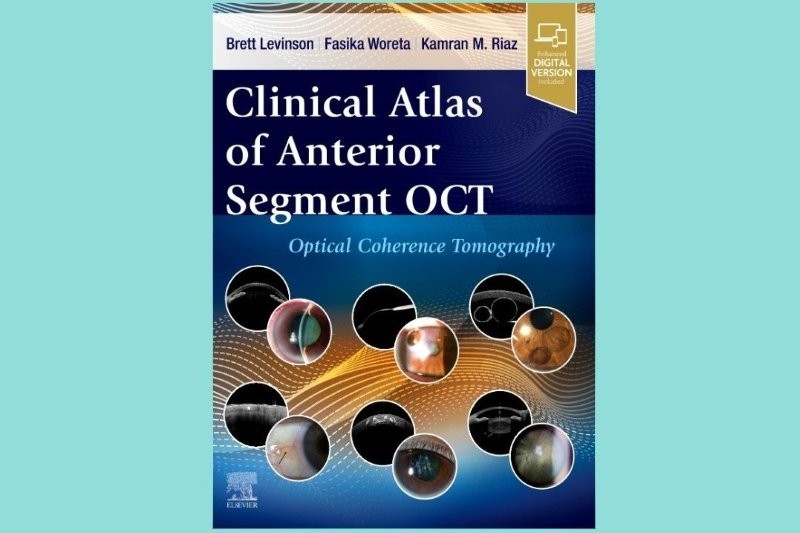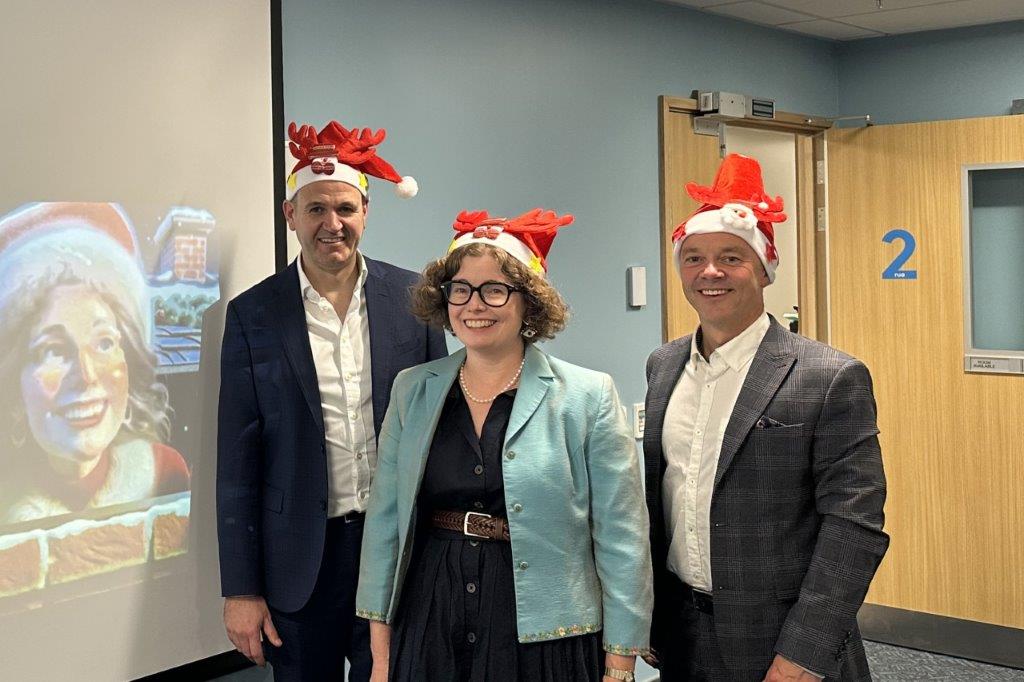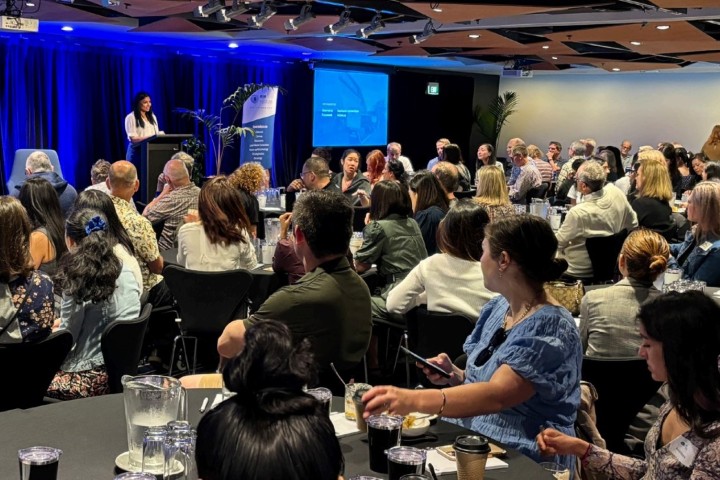ISCEV 2018 Technical Teaching Symposium
Earlier this year I was fortunate enough to attend the ISCEV (International Society for Clinical Electrophysiology of Vision) clinical teaching symposium in Reims, France.
Being the only ophthalmic electrodiagnostic technician in the Auckland District Health Board, it was a great opportunity to meet with other people from diverse backgrounds, to share knowledge, experiences and challenges. Some attendees worked in large departments while others were working in more isolated situations so there was a lot to share.
The objectives of the meeting were to promote and extend the knowledge of clinical electrophysiology of vision and to promote cooperation and communication among workers in the field of clinical and basic electrophysiology of vision. There was a varied range of lectures from delegates worldwide.
I particularly found interesting the lectures by Professor Michael Bach from the University of Freiburg, Germany. These included key points to help localise retinal areas, and therefore identify more specifically, areas of pathology within the pattern electroretinogram (PERG) and the multifocal electroretinogram (mfERG). There was also a master class to try and demystify frequency domain recording and analysis within mfERGs. The pattern ERG is a test of macular and post retinal (optic nerve) function, while the multifocal ERG is a more in-depth assessment of the central 20°C of the retina and allows localisation of retinal dysfunction. Professor Bach was able to translate highly technical material into practical application, peppered with his unique sense of humour.
Another challenging area of testing is paediatrics. Dr Dorothy Thompson has run an electrodiagnostic clinic at Great Ormond Street Children’s Hospital for many years. Her ability to obtain clinically useful results from these tests is legendary and it was a privilege to hear her lectures and to talk with her and discuss protocols and expectations.
I was able to spend time with Joachim Finger, senior application specialist for Roland Consult Electrophysiology and Imaging. He helped develop the original Roland electrodiagnostic system and had added further development for the updated, new system which has recently been installed at the Greenlane Eye Clinic. These discussions were invaluable for tips and information for performing electrodiagnostic tests, interpreting the results and troubleshooting. He remains a very useful email contact if I have any further questions or problems with the system.
As Reims is in the heart of the Champagne growing region of France, we also did a tour of the Veuve Clicquot Champagne House. Established in the late 1700s this was the first Champagne house ever run by a woman and Madame Clicquot was extremely successful in doing so. We toured part of the 30kms of underground cellars and were treated to tastings of the various harvests.
What a great way to conclude an instructive and worthwhile conference.
About the author
Juliet Ware is an ophthalmology electrodiagnostic technician at the Greenlane Ophthalmology Department in Auckland.
Background information
Light induced visual-response (LIV)—the use of light to stimulate electrical responses from cells within the eye—has recently emerged as a better way to describe visual electrophysiology testing, according to ophthalmologist Dr Steven Silverstein, who is a speaker for Diopsys, which manufactures LIV platforms.
Writing in Modern Retina, he says there is an old perception that electrophysiology is mostly used to detect esoteric eye disease and for monitoring subtle changes in rare pathologies in the institutional setting, but that in reality, modern LIV tests can help guide clinical decision-making in pathologies that are seen on a routine basis by using streamlined protocols and platforms which fit into the practice setting.
The testing is relatively simple to conduct and interpret, comfortable for patients, does not require a contact lens, and is more patient-friendly than a visual field, he says.










